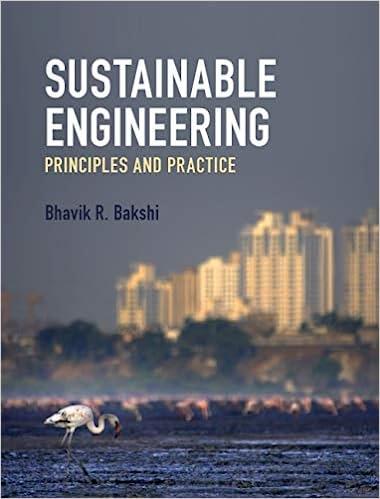Answered step by step
Verified Expert Solution
Question
1 Approved Answer
A steel ball of mass m is attached to the end of an elastic spring (of Hooke's Law constant k ) in the horizontal plane

A steel ball of mass m is attached to the end of an elastic spring (of Hooke's Law constant k ) in the horizontal plane (i.e., not suspended vertically, so its weight may be neglected). The ball is in its equilibrium position and at rest when a force F(t) is applied to it in the spring's direction. In addition to elastic forces, the motion of the ball is countered by a frictional force proportional to its velocity. (iii) From a straightforward force balance, describe the response of the displacement from its equilibrium position with respect to the force function. (iv) Using Laplace transforms, obtain an expression for the transfer function of the displacement vis--vis the applied force, i.e., X(s)/F(s). (iii) For a hammer-blow applied impulse force of magnitude F0, a ball mass of 2kg, a Hooke's constant of 10Nm1 and a velocity-frictional term of 2kgs1, find an expression for displacement as a function of time, i.e., x(t). What is the ultimate value of this displacement? (iv) How may this limiting displacement have been found without explicit Laplace inversion of X(s)
Step by Step Solution
There are 3 Steps involved in it
Step: 1

Get Instant Access to Expert-Tailored Solutions
See step-by-step solutions with expert insights and AI powered tools for academic success
Step: 2

Step: 3

Ace Your Homework with AI
Get the answers you need in no time with our AI-driven, step-by-step assistance
Get Started


